Animals use blood for cooling and power delivery. Why can’t computers, too?
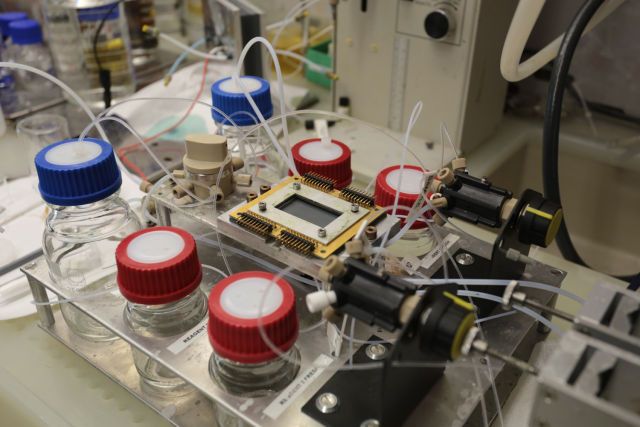

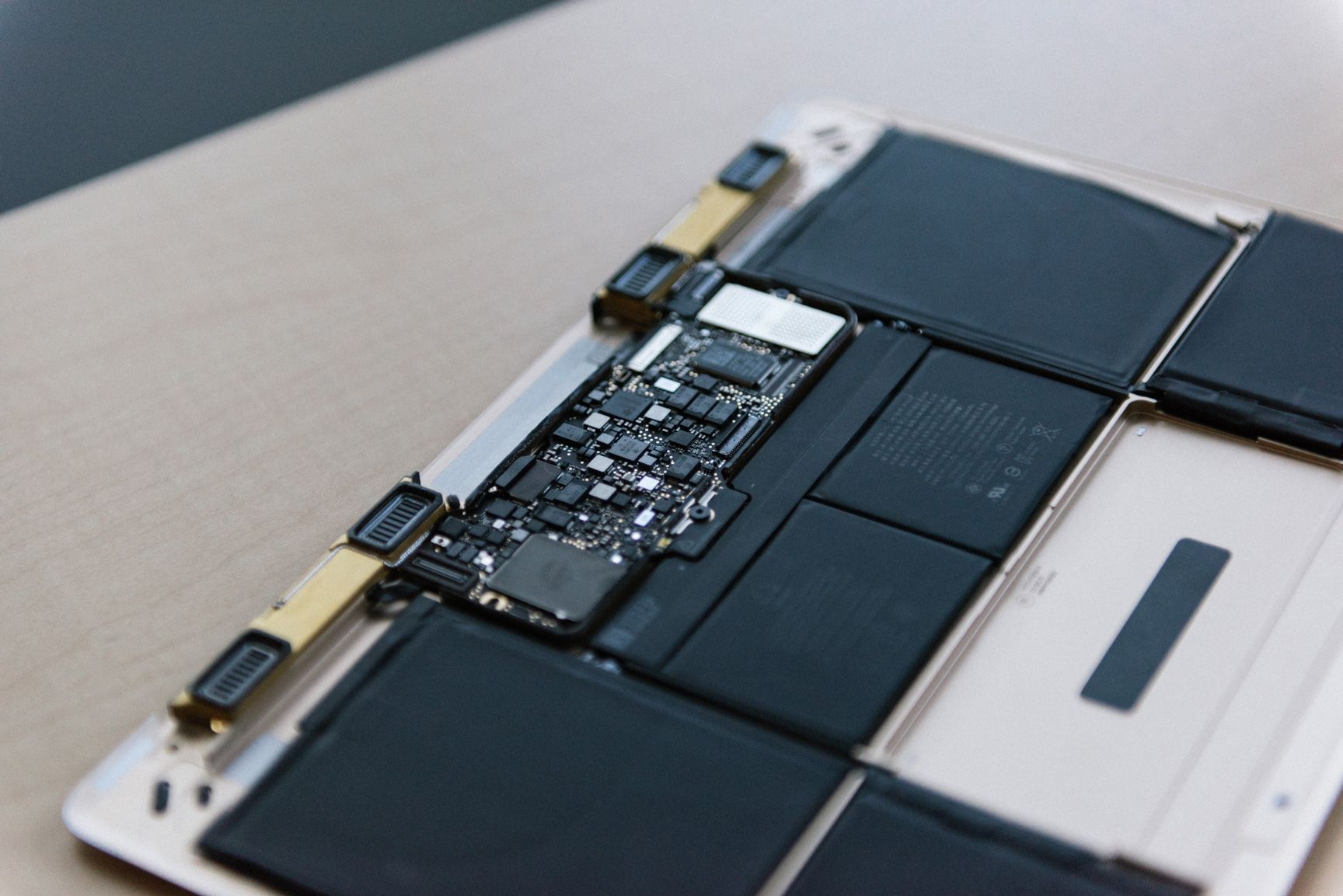
“For those struggling to understand what Apple is up to, it might be best to imagine the Apple logo as a giant, rose gold-colored apple sculpture that’s being polished beyond perfection, to some sort of ideal, a level of quality that is so undeniable that no competitor dares forget it.”
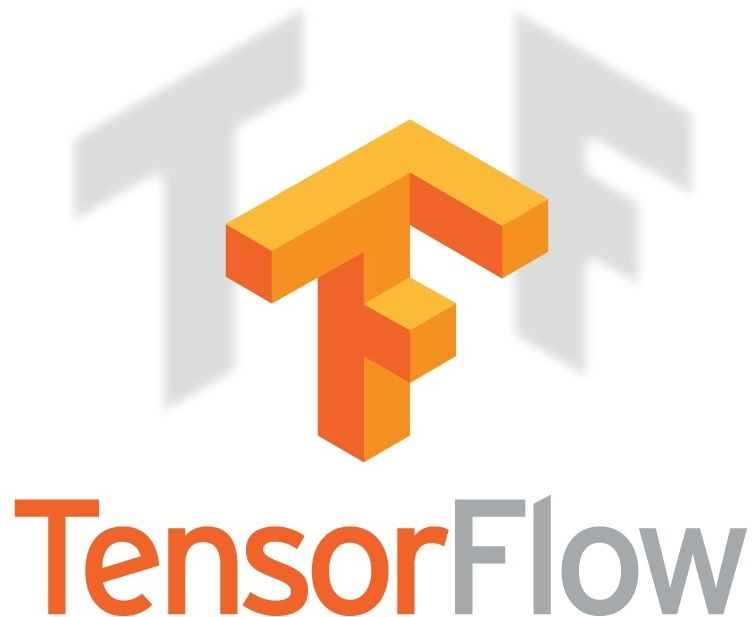
Posted by Jeff Dean, Senior Google Fellow, and Rajat Monga, Technical Lead.
Deep Learning has had a huge impact on computer science, making it possible to explore new frontiers of research and to develop amazingly useful products that millions of people use every day. Our internal deep learning infrastructure DistBelief, developed in 2011, has allowed Googlers to build ever larger neural networks and scale training to thousands of cores in our datacenters. We’ve used it to demonstrate that concepts like “cat” can be learned from unlabeled YouTube images, to improve speech recognition in the Google app by 25%, and to build image search in Google Photos. DistBelief also trained the Inception model that won Imagenet’s Large Scale Visual Recognition Challenge in 2014, and drove our experiments in automated image captioning as well as DeepDream.
While DistBelief was very successful, it had some limitations. It was narrowly targeted to neural networks, it was difficult to configure, and it was tightly coupled to Google’s internal infrastructure — making it nearly impossible to share research code externally.
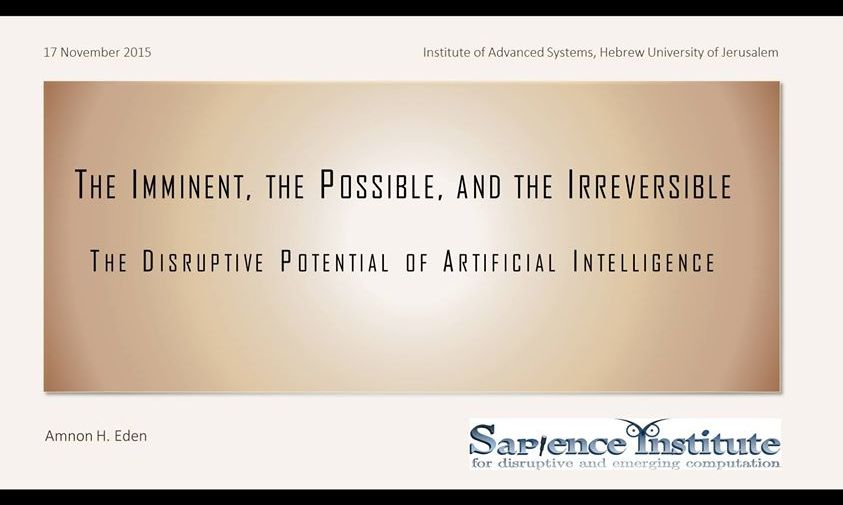
Major technological changes have a transformative effect on every aspect of human life. Increasingly intelligent programs are responsible to paradigm shifts at a steadily accelerating rate, a trend which acceleration theories suggest is all but guaranteed to continue.
We explore some of the most disruptive applications of artificial intelligence, examining in particular the impact of computer trading programs (algotraders) on stock markets. We explore some such imminent technologies (such as autonomous military robots) and their consequences (eg on job markets). We conclude with a discussion in the potentially irreversible consequences of this trend, including that of superintelligence.
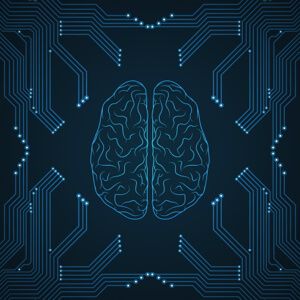
The brain is a great information processor, but one that doesn’t care about where information comes from.
Sight, scent, taste, sound, touch — all of our precious senses, once communicated to the brain, are transformed into simple electrical pulses. Although we consciously perceive the world through light rays and sound waves, the computing that supports those experiences is all one tone — electrical.
 Simply put, all of our senses are the same to our brain.
Simply put, all of our senses are the same to our brain.
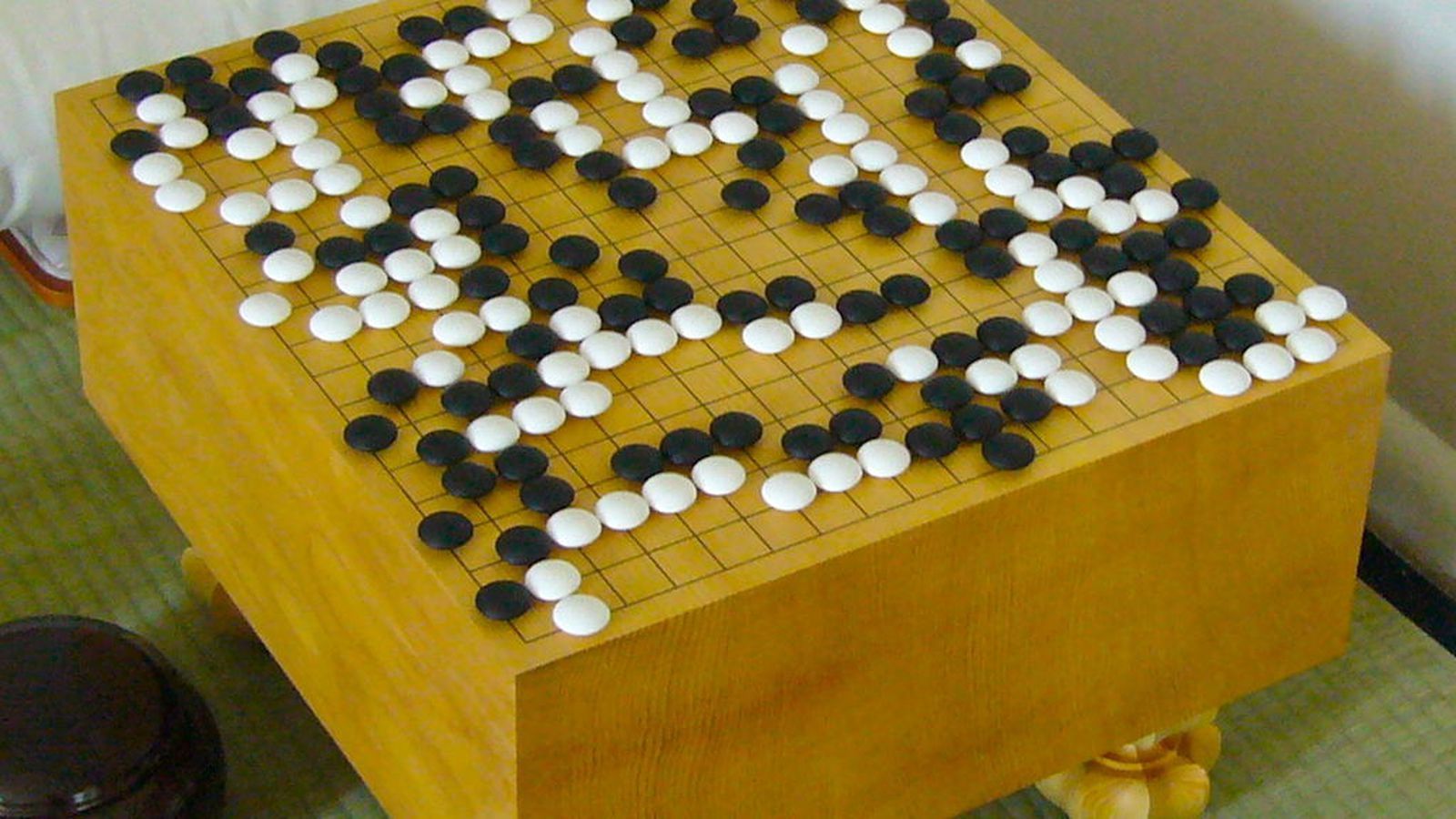
Facebook is now tackling a problem that has evaded computer scientists for decades: how to build software that can beat humans at Go, the 2,500-year-old strategy board game, according to a report today from Wired. Because of Go’s structure — you place black or white stones at the intersection of lines on a 19-by-19 grid — the game has more possible permutations than chess, despite its simple ruleset. The number of possible arrangements makes it difficult to design systems that can look far enough into the future to adequately assess a good play in the way humans can.
“We’re pretty sure the best [human] players end up looking at visual patterns, looking at the visuals of the board to help them understand what are good and bad configurations in an intuitive way,” Facebook chief technology officer Mike Schroepfer said. “So, we’ve taken some of the basics of game-playing AI and attached a visual system to it, so that we’re using the patterns on the board—a visual recognition] system—to tune the possible moves the system can make.”
The project is part of Facebook’s broader efforts in so-called deep learning. That subfield of artificial intelligence is founded on the idea that replicating the way the human brain works can unlock statistical and probabilistic capabilities far beyond the capacity of modern-day computers. Facebook wants to advance its deep learning techniques for wide-ranging uses within its social network. For instance, Facebook is building a version of its website for the visually impaired that will use natural language processing to take audio input from users — “what object is the person in the photo holding?” — analyze it, and respond with relevant information. Facebook’s virtual assistant, M, will also come to rely on this type of technology to analyze and learn from users’ requests and respond in a way only humans could.

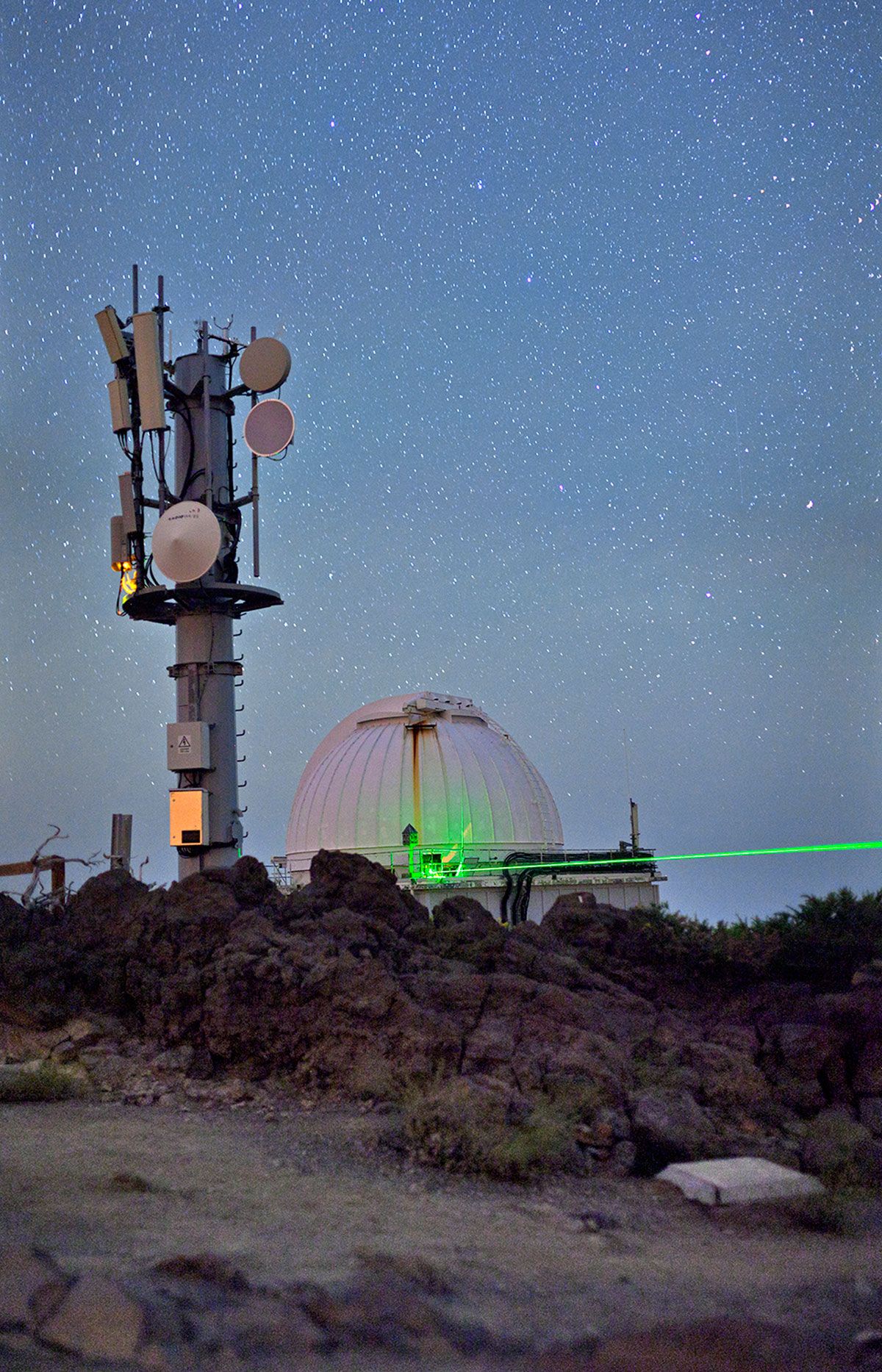
(Phys.org)—” Spooky action at a distance,” Einstein’s famous, dismissive characterization of quantum entanglement, has long been established as a physical phenomenon, and researchers are keen to develop practical applications for entanglement including communication, encryption, and computing.
Quantum entanglement is a phenomenon in which the production or the interactions of a number of particles cannot be described independently of each other, and must instead be described in terms of the whole system’s quantum state.
Two recent experiments with entanglement have been reported in the Proceedings of the National Academy of Sciences, one proving that complex quantum states in photons can be preserved even in turbulent atmospheric conditions; the other demonstrating entanglement swapping between qubits over the 143 kilometers between the Canary Islands and Tenerife.
Short Bytes: Artificial Intelligence holds a special place in the future of the humanity. Many tech giants, including Facebook, have long been working on improving the AI to make lives better. Facebook has decided to reveal its milestones in Artificial Intelligence Research in the form of a progress report.
It doesn’t matter if you are scared of AI like Elon Musk or Stephen Hawking or if you have an opinion same as that of Google’s chief of Artificial Intelligence that computers are remarkably dumb. Companies are still going through the byzantine process of training the machines and creating human brain algorithms. Meanwhile, Facebook has just announced its progress report.
Facebook’s AI research team (FAIR) will present at NIPS, an Artificial Intelligence conference, its report card and reveal the team’s achievements regarding its state-of-the-art systems. Facebook has been trying to improve the image recognition and has created a system that speeds up the process by 30% using 10 times less training data from previous benchmarks.
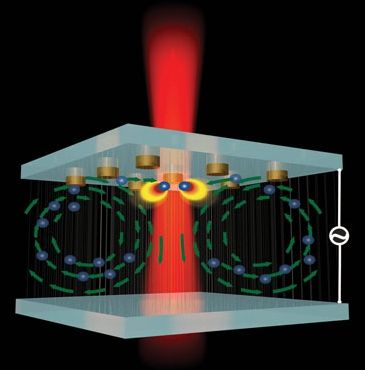
A new type of ‘nanotweezer’ capable of positioning tiny objects quickly and accurately and freezing them in place could enable improved nanoscale sensing methods and aid research to manufacture advanced technologies such as quantum computers and ultra-high-resolution displays.